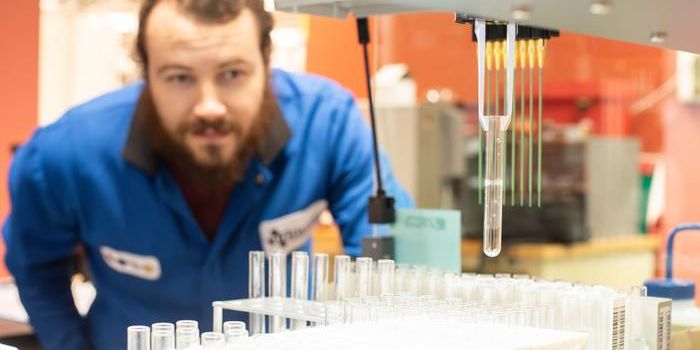Researchers Control Hydrogels with Fuel
In a recent study published in Nature Communications, a team of researchers from the Delft University of Technology in The Netherlands have discovered a reactionary process that mirrors the actions of living cells by controlling non-living material through fuel. This study holds the potential to be a breakthrough towards making soft robotics—also known as soft machines—a reality, which are capable of both appropriately sensing and responding to their surrounding environments.
"The essence of the reaction cycle is that it can switch between an uncharged and a charged particle by adding a chemical fuel to it," explains Dr. Rienk Eelkema, who is an associate professor at Delft, and a co-author on the study. "This allows us to charge materials and thus modify the structures of those materials, because equal charges repel each other and different charges attract each other. The type and amount of fuel determines the reaction rate, and therefore how long a charge and thus a given structure exists."
For the study, the research team used their novel reaction cycle to charge, and ultimately swell, a blob of hydrogel, which could lead to the further development of soft robotics.
"Soft robots do already exist, for example microparticles controlled externally through magnetic or electric fields. But ultimately you'd want a robot to be able to control itself: to see for itself where it is and what is happening and then respond accordingly," said Dr. Eelkema. "You can program our cycle into a particle in advance, then leave it alone, and it performs its function independently as soon as it encounters a signal to do so." Dr. Eelkema said the next step in the research is signal processing.
"For example, a polymer particle could contain some components of such a cycle,” said Dr. Eelkema. “When it encounters the last part of the reaction, the cycle is completed, serving as a signal to disintegrate or swell up, for example."
Sources: Nature Communications
As always, keep doing science & keep looking up!









